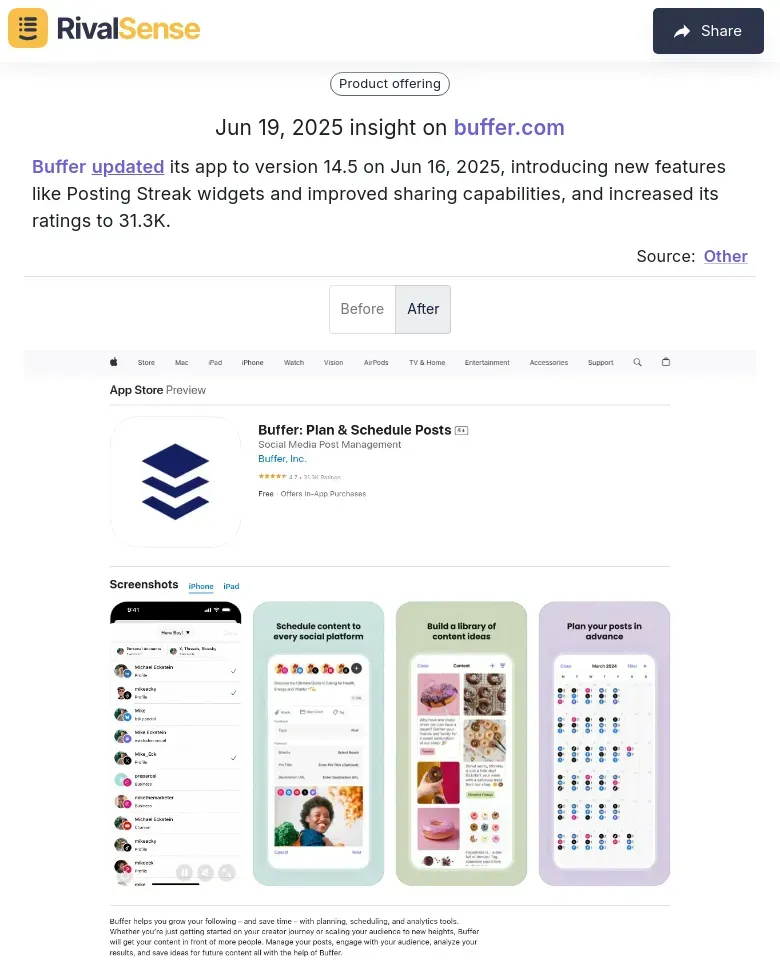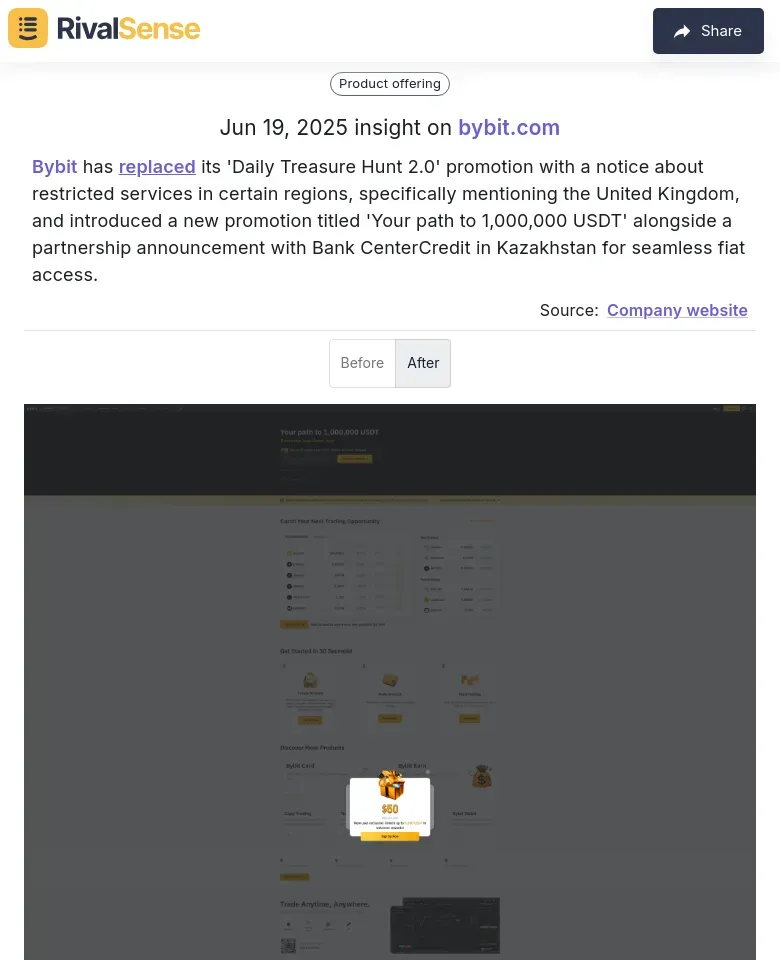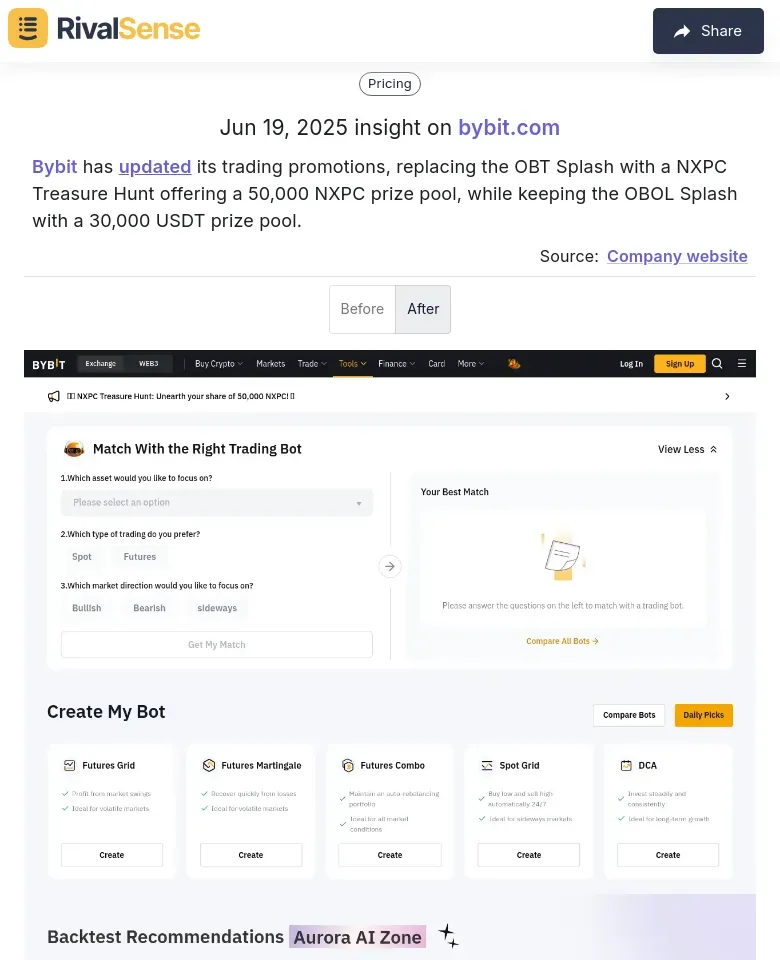Solving Competitor Supply Chain Gaps in Corporate Insurance
In the corporate insurance sector, supply chain gaps represent critical inefficiencies or vulnerabilities in service delivery processes. These gaps—ranging from delayed claims processing to inadequate risk assessment tools—directly impact competitive positioning and customer satisfaction. Understanding these vulnerabilities isn't just about spotting weaknesses; it's about transforming them into strategic opportunities for differentiation. Business leaders who systematically address these gaps can deliver faster, more reliable solutions that build customer trust and market share. Practical approaches include comprehensive competitor analysis, targeted technology investments, and staff training initiatives.
🔍 Quick Checklist:
- Identify key supply chain processes in your sector
- Analyze competitors' weaknesses in these areas
- Prioritize gaps based on customer impact
- Develop solutions through innovation or partnerships
Identifying Common Supply Chain Gaps Among Competitors
Recognizing supply chain inefficiencies starts with monitoring key indicators like delayed claim processing, inconsistent pricing, or frequent policy adjustments. These symptoms often reveal deeper issues such as poor vendor coordination or outdated technology systems. To uncover competitor gaps effectively, combine digital monitoring tools with traditional analysis methods like SWOT and benchmarking.
For instance, tracking competitor product updates can reveal their strategic focus areas. Consider Buffer's recent app update to v14.5:

Why this matters: When Buffer introduced Posting Streak widgets and improved sharing capabilities, it signaled their prioritization of user engagement—a parallel insight for insurers would highlight where competitors are investing to fix service gaps.
📋 Practical Steps:
- Monitor customer complaints across competitors' social channels
- Use competitive intelligence tools for real-time operational tracking
- Benchmark against industry leaders
- Conduct mystery shopping experiences
Strategies to Exploit Competitor Supply Chain Gaps
Once identified, competitor supply chain gaps become springboards for strategic advantage. The key lies in rapid response and targeted innovation that addresses unmet customer needs revealed by these vulnerabilities. Focus on building adaptable systems that outperform competitors where they're weakest.
Consider these actionable approaches:
-
Leverage Technology: Deploy AI and analytics to pinpoint competitor inefficiencies. Tools like RivalSense can flag logistics delays or coverage gaps, enabling you to position faster alternatives.
Tip: Audit competitor digital tools quarterly -
Build Agile Supply Chains: Create flexible models through:
a) Multi-underwriter partnerships
b) Real-time claims tracking
c) Predictive demand analytics
Example: Turn a rival's slow claims process into your marketing strength -
Strategic Collaborations: Form alliances to fill service gaps. Notice how Bybit addressed regional restrictions through partnerships:

Why this matters: Bybit's collaboration with Bank CenterCredit in Kazakhstan solved fiat access issues—similar partnerships in insurance could bridge competitors' geographic or service limitations.
✅ Collaboration Checklist:
a) Identify complementary partners
b) Negotiate mutual-value agreements
c) Integrate solutions seamlessly
Implementing Solutions to Close Your Own Supply Chain Gaps
Proactively addressing internal supply chain vulnerabilities requires systematic assessment and modernization. Begin by mapping your entire supply chain to identify single-point failures, transparency issues, or process bottlenecks. Prioritize risks using impact matrices before implementing corrective measures.
Key implementation tactics:
- Diversify supplier networks to minimize dependency risks
- Integrate IoT or blockchain for real-time tracking
- Develop cross-functional communication protocols
- Create redundancy plans for critical processes
Transform improvements into competitive advantages by highlighting your robust supply chain in client proposals. Offer specialized products addressing common industry vulnerabilities to position as a market leader.
⚙️ Implementation Roadmap:
- Conduct quarterly supply chain vulnerability scans
- Train teams on supply chain risk management tools
- Showcase improvements in marketing collateral
Measuring the Impact of Addressing Supply Chain Gaps
Quantifying the results of supply chain improvements is essential for validating strategies and securing stakeholder buy-in. Track KPIs like claim processing time, operational cost savings, and Net Promoter Scores to demonstrate tangible ROI. These metrics reveal both immediate efficiencies and long-term competitive benefits like enhanced client trust and market resilience.
Monitor how competitors adjust their tactics in response to market gaps. For example, Bybit's promotional shifts indicate strategic realignments:

Why this matters: Observing competitors' promotion changes (like replacing OBT Splash with NXPC Treasure Hunt) helps benchmark your initiative's effectiveness and timing.
📊 Measurement Framework:
- Define 3-5 KPIs aligned with business goals
- Conduct quarterly competitive benchmarking
- Gather stakeholder feedback through structured surveys
- Calculate cost/time savings from improvements
Conclusion and Next Steps for Business Leaders
Mastering supply chain gaps transforms operational vulnerabilities into sustainable competitive advantages in corporate insurance. This strategic focus not only mitigates risks but also positions your organization as an industry innovator. The journey requires continuous vigilance and adaptation to emerging market dynamics.
🚀 Immediate Actions:
- Audit your supply chain using digital monitoring tools
- Identify 1-2 critical competitor gaps to exploit this quarter
- Formalize partnership criteria for gap solutions
- Establish KPI dashboards for improvement tracking
Continuous Improvement Cycle:
- Monthly competitor strategy reviews
- Bi-annual technology stack assessments
- Employee innovation programs for gap solutions
🔎 Ready to uncover competitor gaps?
Get actionable insights with RivalSense's free trial—delivering competitor product updates, pricing changes, and partnership moves in weekly reports. Start transforming vulnerabilities into advantages with your first report today!
📚 Read more
👉 Turning Competitor Setbacks into Opportunities: How KuCoin Capitalized on Bybit's APR Cuts
👉 Leveraging Twitter for Real-Time Competitor Intelligence
👉 How to Monitor Competitor Hiring Trends in Crypto Exchanges
👉 Predictive Market Entry: Outsmart Competitors with Analysis Frameworks
👉 Decoding Feather's Insurance Expansion: Strategic Implications & Action Steps
